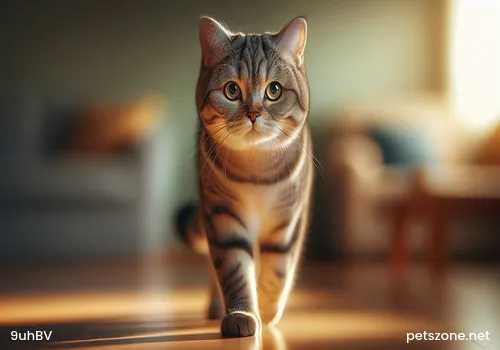Comprehensive Interpretation of the Evolutionary History of Pet Cats

Folded Ear Cat
Unlike dogs, cats are self-domesticated animals.
Dogs were initially able to adapt to human life because their social behaviors matched humans in many ways. Cats are different from humans; they are solitary hunting beasts with fixed territories and are mostly active at night. However, it was the hunting behavior of cats that led them to first come into contact with human environments, and their strong instinct to guard territory drove them to repeatedly appear in the same places.
The history of cat domestication is much later than that of dogs. This period probably does not date earlier than 7000 BC, when the agricultural boom created the Fertile Crescent grain storage region in the Middle East. The appearance of homes, granaries, and food stores provided new habitats for rodents and other small mammals, which happened to be ideal prey for small wildcats. From the start, a mutually beneficial relationship was established between humans and cats: cats gained abundant food sources, while humans were rid of annoying rodents. Initially, the presence of these wildcats was probably tolerated or even encouraged by humans, who occasionally threw them some food. Like wolves, some of the tamest wildcats were gradually incorporated into human society, giving rise to the earliest semi-domesticated cat populations.
Domestic cats are almost certainly descendants of small wildcats widespread in Europe, Africa, and South Asia. Across this vast area, countless wildcat subspecies evolved based on local environments and climate conditions. Their appearances differ: European wildcats living in the north are sturdy with short ears and thick fur; African wildcats are more slender with long ears and legs; while Asian wildcats living in the south are small and have spotted bodies.





